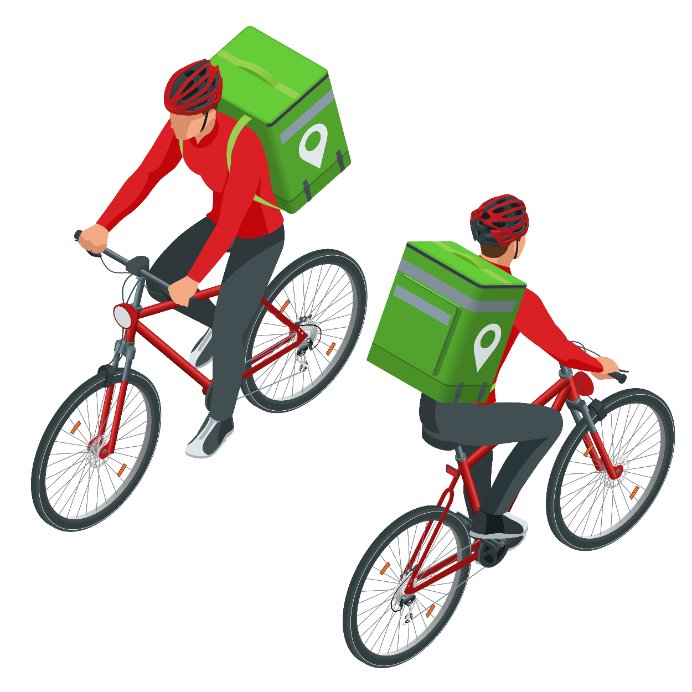Application Exercise 10o The Gig economy and income inequality

- Define ‘gig economy’ and describe the growth of the gig economy in recent years.
The gig economy refers to companies that use mobile apps or website to connect individuals providing services with consumers. It is characterised by short-term, one-off ‘gig’ jobs – rather than ongoing employment. According to data, the gig economy grew nine-fold between 2015 and 2019 and was worth $6.3 billion in 2019.
- Create a PMI table to summarise the pluses (benefits), the minuses (drawbacks/ downsides) and the interesting elements of the rise of the gig economy for workers in Australia.
Pluses (benefits) | Minuses (drawbacks/downsides) | Interesting |
· Flexibility and convenience – people can offer labour services when it suits them · Workers are their own boss – independence · Easy to sign up – just need basic equipment like a car, motorbike or scooter · Flexible hours – can fit around study or other commitments
| · Because workers are their own boss, need to cover all costs involved in doing the job. This can mean that, after costs, many workers receive below the minimum wage per hour · Platforms take a substantial cut from each delivery fee · No WorkCover i.e. no insurance to cover injury on the job. · No sick leave or holiday pay. | · Five delivery driver deaths in one year (2020) · Possibility of some platforms employing their workers as proper employees rather than independent contractors · What would be the outcome of a ‘cost-benefit’ analysis of the rise of the gig economy? · Good for customers but not so good for workers? · Unions claiming that ‘the current system of gig workers is exploitative, with workers dying without these companies blinking.’ · Potentially undermining the secure working conditions of other types of jobs as technology advances – increasing use of contractors and casuals across many industries. |
- Research the current minimum wage for casual workers in Australia. Compare it to the average hourly rates earned by gig workers outlined in this article. Which is the better option.
The national minimum wage (for a full time worker) is $23.23 per hour ($882.80 per 38 hour week) – before $23.23 + 25% = $29.04 per hour. According to the article, A study commissioned by Uber found that the average wage of Uber drivers (after expenses) is $21 per hour. Union research found that rideshare gig workers (e.g. Uber drivers) was $10 an hour after costs. Clearly, minimum wage is the better option in terms of income alone.
- Explain why some commentators claim that gig working is fine for some people but should not become the norm for employment conditions in most industries.
Commentators claim this because they note that ‘for a student looking for a flexible gig on the side to supplement their disposable income’ or ‘people experiencing underemployment (i.e. working less than they want), it works well, but for those hoping to ‘make a living’, being employed under these workers will be disadvantaged compared to ‘salaried counterparts’ – in terms of both their pay and the protection they receive as workers. (In addition, Australia was at the forefront of the union movement and increased protection and improved conditions for workers historically, and many fear that these hard-won gains will be eroded by the increased ‘gigification’ of employment across many industries.)
- Consider your own experience of using the services of gig economy workers – and briefly describe the basis for your choice to use the service.
Student responses will vary, but may include convenience, their own busy-ness and lack of time, capacity to access various forms of food otherwise not available to them, or habit, along with the relative cheapness of the services.
- Based on information in this article, predict the potential future impact of the ‘gigification’ of employment on income inequality in Australia.
If ‘gigification’ of employment were to become more common across Australia, with more and more service jobs turned into ‘on-demand’ service provision, provided by those who are self-employed (including providing their own work tools) and earning less than minimum wages for their services, this is likely to result in rising income inequality. The minimum wage will no longer provide a ‘floor’ for the potential earnings of those with jobs, and therefore those on lower incomes will likely see their incomes shrink even further. As a result, the gap between high and low income earners will grow, increasing income inequality.
